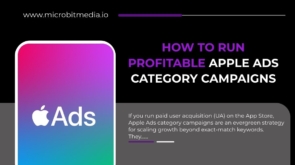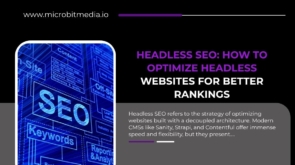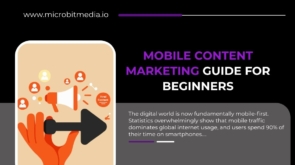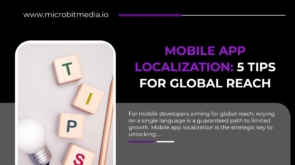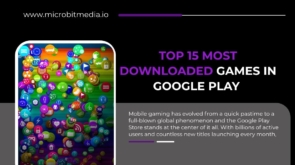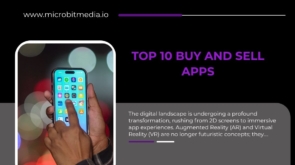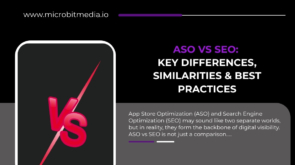If you run paid user acquisition (UA) on the App Store, Apple Ads category campaigns are an evergreen strategy for scaling growth beyond exact-match keywords. They target users actively browsing app categories or searching for non-branded, generic te ...
AI Tools for Game Development: Transforming the Future of Gaming
Artificial Intelligence (AI) is fundamentally revolutionizing modern gaming, moving beyond simple programmed behaviors to truly intelligent systems. The integration of AI in game development is accelerating production speed and dramatically improving ...
Headless SEO: How to Optimize Headless Websites for Better Rankings
Headless SEO refers to the strategy of optimizing websites built with a decoupled architecture. Modern CMSs like Sanity, Strapi, and Contentful offer immense speed and flexibility, but they present unique challenges for traditional search engine opti ...
Mobile Content Marketing Guide for Beginners
The digital world is now fundamentally mobile-first. Statistics overwhelmingly show that mobile traffic dominates global internet usage, and users spend 90% of their time on smartphones within apps. This profound shift in consumer behavior means that ...
Mobile App Localization: 5 Tips for Global Reach
For mobile developers aiming for global reach, relying on a single language is a guaranteed path to limited growth. Mobile app localization is the strategic key to unlocking international markets. It means tailoring your entire application experience ...
Top 15 Most Downloaded Games in Google Play
Mobile gaming has evolved from a quick pastime to a full-blown global phenomenon and the Google Play Store stands at the center of it all. With billions of active users and countless new titles launching every month, it’s the ultimate battleground wh ...
Top 10 Buy and Sell Apps
The beauty of these apps is their flexibility. Some focus on local deals where you meet the buyer in person, like Facebook Marketplace or OfferUp. Others, like eBay or Mercari, give you a global audience with built in shipping tools. If you're sellin ...
The Future of AR & VR in Mobile Apps
The digital landscape is undergoing a profound transformation, rushing from 2D screens to immersive app experiences. Augmented Reality (AR) and Virtual Reality (VR) are no longer futuristic concepts; they are actively shaping industries from retail t ...
Apple Search Ads vs Google App Campaigns
In the booming mobile landscape, app stores are more crowded than ever, making user acquisition the single greatest challenge for developers. Success hinges on driving targeted downloads efficiently. The strategic choice between the industry giants, ...
ASO vs SEO: Key Differences, Similarities & Best Practices
App Store Optimization (ASO) and Search Engine Optimization (SEO) may sound like two separate worlds, but in reality, they form the backbone of digital visibility. ASO vs SEO is not just a comparison; it's a question of how brands want to be discover ...


